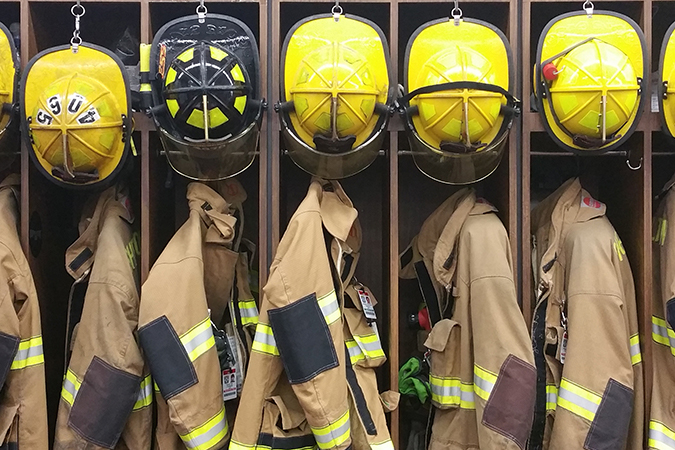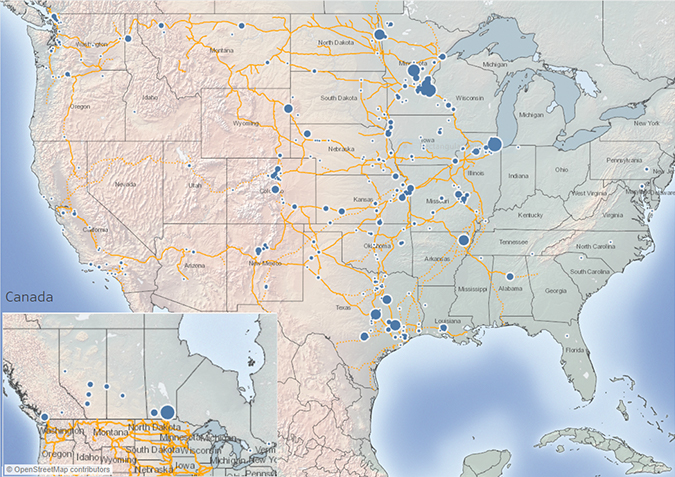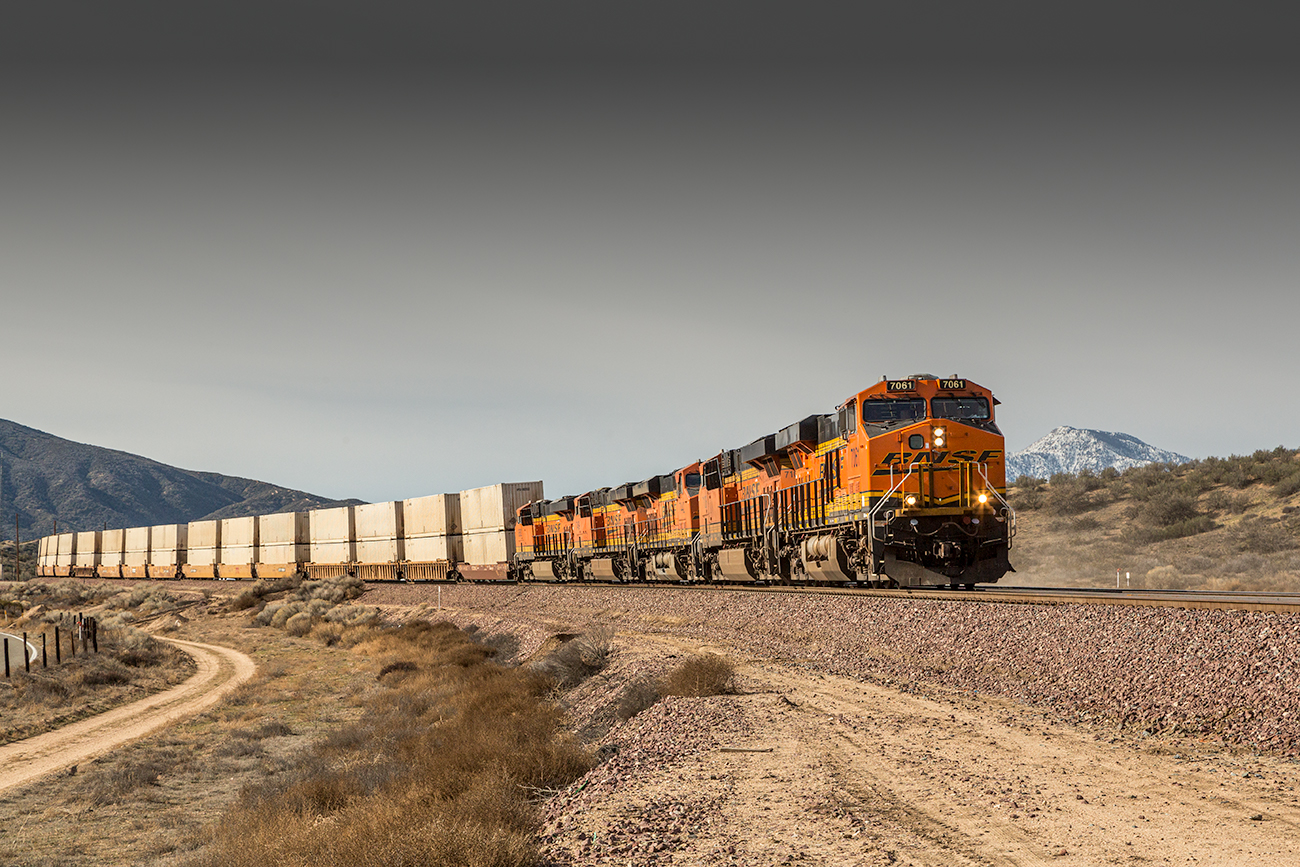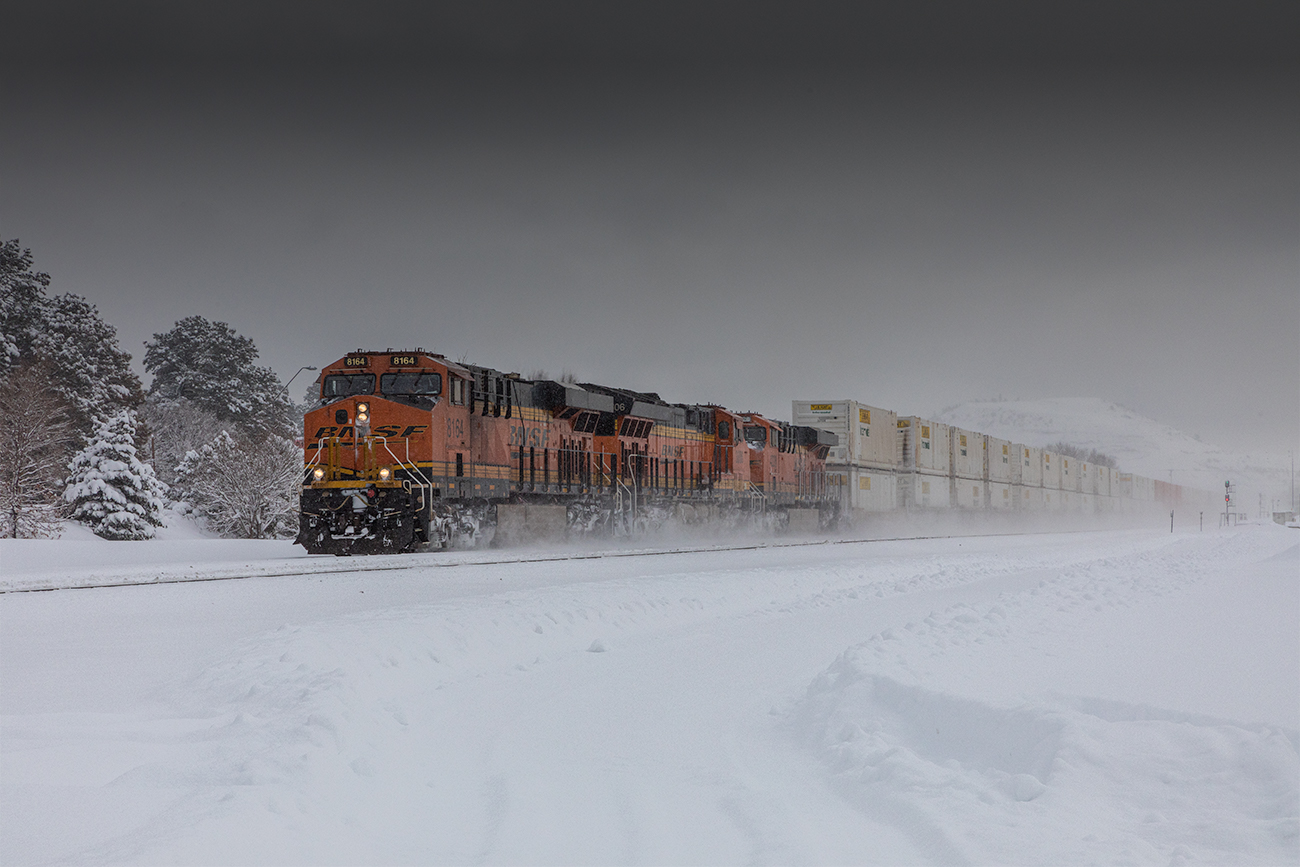Social Distance Training Keeps First Responders Prepared

Kids aren’t the only ones learning from home these days. First responders are getting valuable lessons in railroad safety from the comfort of homes and stations, thanks to virtual training BNSF initiated in response to COVID-19.
“Every year we train 6,000 to 10,000 first responders in Railroad Emergency Response and Hazardous Material Awareness, some self-directed online and much of it in person,” said Pat Brady, BNSF’s General Director, Hazardous Materials Safety. “In March, we started to cancel the in-community classes and scheduled live webinars to allow first responders to continue this much-needed training.”
During the 90-minute sessions, first responders, both full-time and volunteer, learn how to safely and efficiently respond to railroad hazardous materials (hazmat) incidents. As with all this training, the webinars are free.
While rail is one of the safest ways to transport crude oil and hazmat, derailments and other incidents can occur. Fortunately, 99.99% of BNSF’s hazmat shipments reach their destination without a release caused by a train incident.
When they occur, first responders need to be prepared, which is why BNSF has long conducted training. Since 1996, we’ve provided this training to more than 120,000 responders, both online and in person; the live webinars are a first.

Three webinars were scheduled for April. “We thought we’d have 30 people register,” said Brady. “Hundreds signed up, and we had to shut down registration for the first responders as we exceeded the webinar platform subscription limit. This has since been increased to 1,000, and we added a fourth session in April and more in May and June, so far averaging 250 first responders per session.”
First responders, including firefighters, police and other emergency management personnel, are generally required to complete continuing education to maintain certification. For some the webinars are new information and refresher for others.

Regardless of their background, they’re an inquisitive audience, asking probing questions and wanting to know more, said Brady. So a chat feature was added to the webinars, and a team of BNSF hazmat managers answer questions while Brady narrates the presentation.
Content falls into buckets: an overview of BNSF plus types of hazmat we transport; how to safely work around railroads; assessing an incident and what to expect at the scene; identifying product; an overview of equipment like locomotives and tank cars; and resources and tools available to first responders.
On April 13, 2020, BNSF received authorization to use electronic hazmat documents instead of paper, a change that decreases our train crews’ exposure to COVID-19 because it allows them to board trains without having to enter a facility. This change also improves the accuracy of the train list available to responders during a hazmat incident, when they need critical information about the contents of a railcar. They can access this information through the Ask Rail app, directly from the iPad the crew carries or by calling our Resource Operations Call Center.
For the most part the sessions have gone smoothly, with only a few technical glitches. Participants are asked to provide feedback in a survey at the end of the training. Emily Spears, Manager, Hazmat Compliance, reviews these. “Some have asked if recordings can be made of the presentation, so we’re considering adding that,” she said.
Here’s feedback from some of the participants:
- This was an incredibly valuable learning opportunity. I've already sent your registration link to a dozen other firefighters in our county. It strikes the right balance of new information and refreshing our memory of hazmat training from the fire academy.
- This was a great presentation. Even for seasoned response personnel, it covered everything and even covered a subject I hadn't seen in a while.
- As District Fire Chief in our area, I have recommended that all of our firemen watch the webinar as well.
The survey also asks what future webinars the participants would like to see. “We hope to continue these long after COVID-19 as they’re obviously well received and helping us to save money on travel,” said Brady. “We’ll fish in this pond until we run out of fish.”
First responders who would like to register for an upcoming webinar can sign up here.


